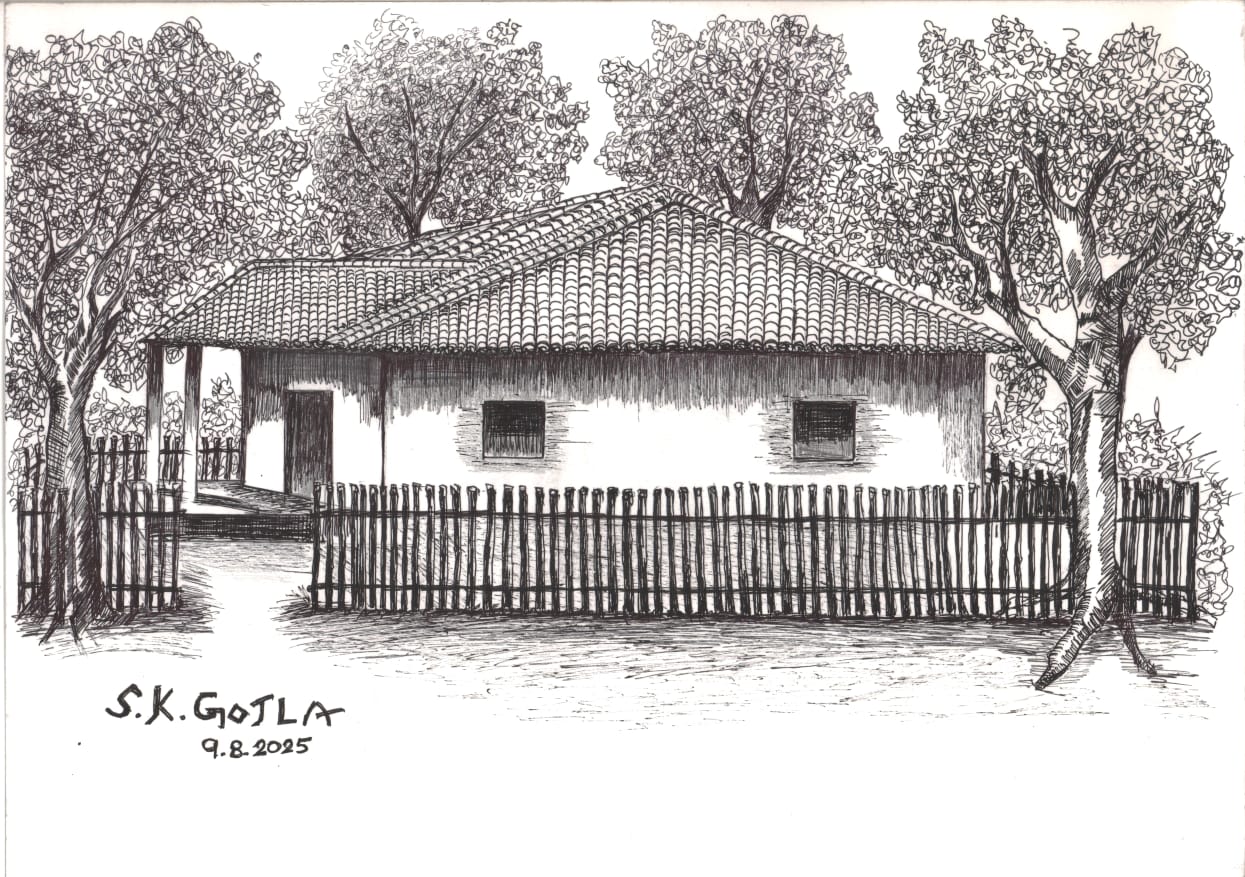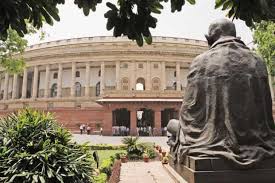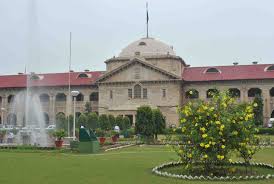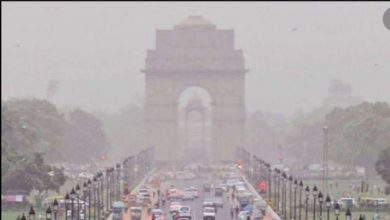Gandhi and His Ashrams: A Journey of Experiments in Social Reforms
simplicity of Mahatma Gandhi's living standards.
Susheel Kumar Gotla
For a long time, I had been thinking of drawing Sevagram Ashram, but I was looking for the right medium to execute my art. Finally, I decided to do it in ink using the line drawing technique. Drawing with an ink pen was a childhood activity, so I recalled it and started drawing Bapu’s kuti at Sevagram Ashram. Then, I sent the image to Sri. Tushar Gandhi, the great-grandson of Mahatma Gandhi. He immediately suggested that I draw the rest of the ashrams in India founded by his great-grandfather.
Following this, I contacted Dr. Siby K. Joseph, Director of the Library and Research Centre for Gandhian Studies of Sevagram Ashram Pratishthan, Wardha, for further details about all the ashrams and their humble histories. He promptly sent me all the information regarding Gandhi’s first Ashram, Kochrab Ashram in Ahmedabad, the second and well-known Sabarmati Ashram, and the last ashram founded in 1936, Sevagram Ashram in Wardha, Maharashtra.
Most people in India think that Sabarmati Ashram is the only ashram built by Mahatma Gandhi. However, through my drawings and write-up, I want to provide information about the other ashrams of Gandhi and their history. During my International fellowship program in Nonviolence and Peace 2023, I visited all the ashrams and was inspired by the simplicity of Mahatma Gandhi’s living standards.
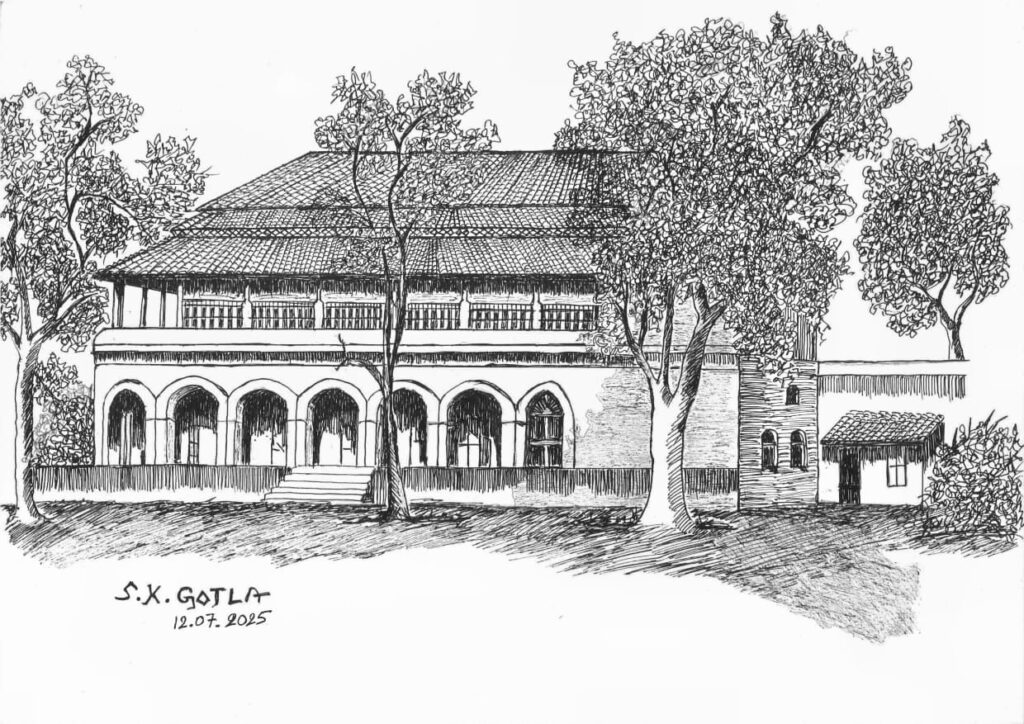
Kochrab Ashram
Gandhi established his first ashram in India at Kochrab village in the Paldi area near Ahmedabad on May 25, 1915, after his return from South Africa. The original name of this ashram was Satyagraha Ashram, and it was a rented property. It was from here that the foundation of Gandhi’s first Satyagraha struggle at Champaran, Bihar, in 1917 was laid. This ashram will remain an iconic symbol of Gandhi’s fight against the practice of untouchability and service to humanity.
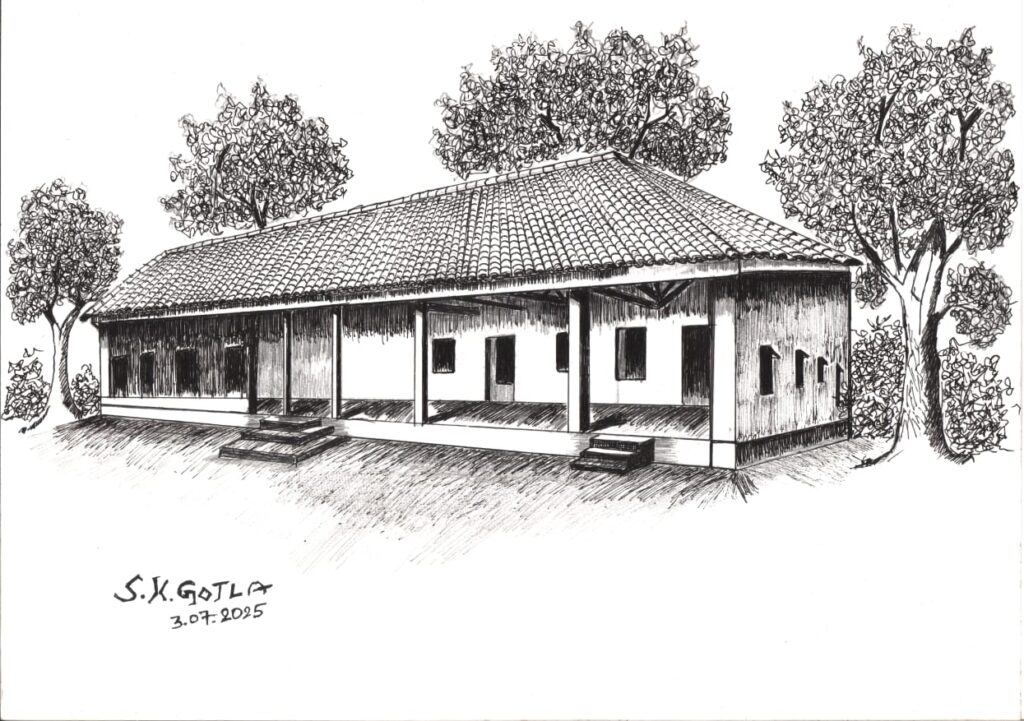
Sabarmati Ashram
On June 17, 1917, the Ashram was shifted from Kochrab to the serene banks of the Sabarmati River. This new location became Gandhi’s home from 1917 until 1930, serving as a vital hub for his Satyagraha movements and various constructive initiatives aimed at achieving Swaraj, or self-rule. One of the most iconic moments in this Ashram’s history occurred on March 12, 1930, when Gandhi embarked on the legendary Dandi March. With 78 companions by his side, he set out on a 241-mile journey to protest the British Salt Law, marking a pivotal moment in India’s struggle for independence. The Sabarmati Ashram was not just a place; it was the heart of a movement that would change the course of history.
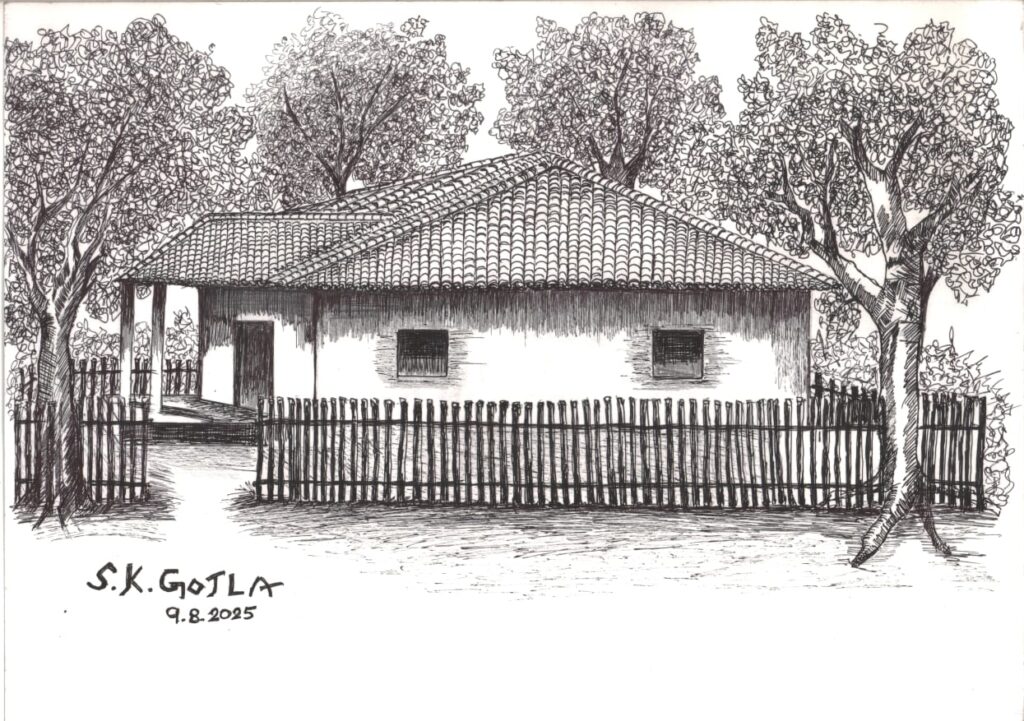
Sevagram Ashram
Sevagram Ashram, located in Wardha, was the final ashram established by Mahatma Gandhi. It served as a hub for his innovative ideas on village industries, education, and various constructive programmes. Notably, it was from this very place that the Quit India Movement was strategically planned. Nestled in the heart of India, Sevagram is about 75 kilometers from Nagpur. On April 30, 1936, Gandhi chose this village, known as Segaon, as his home. Over the years, Sevagram Ashram has become a source of inspiration for people from all walks of life. Its legacy continues to resonate, reminding us of the power of community and the importance of self-reliance and simple living.
About the Artist:

Susheel Kumar Gotla, a native of Hyderabad, is a dedicated practicing artist, painter, and sculptor. He completed his certificate course in Fine Arts at Jawaharlal Nehru Architecture and Fine Arts University in Hyderabad. Additionally, he holds a certificate in Visual Arts Painting from Indira Gandhi National Open University. Susheel is also a graduate in Public Administration and a Peace fellow of Sevagram Ashram Pratishthan, Wardha, Maharashtra.

